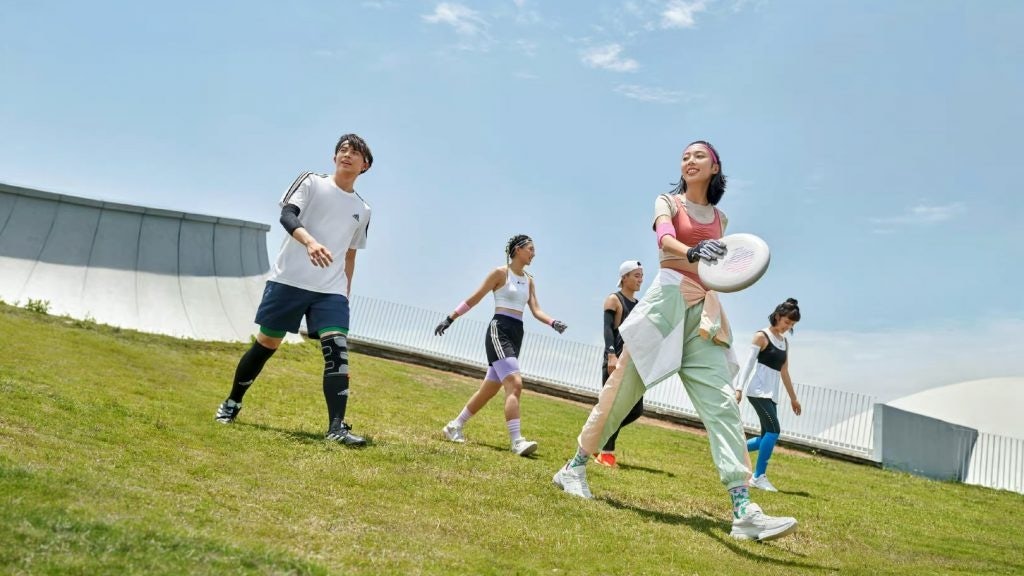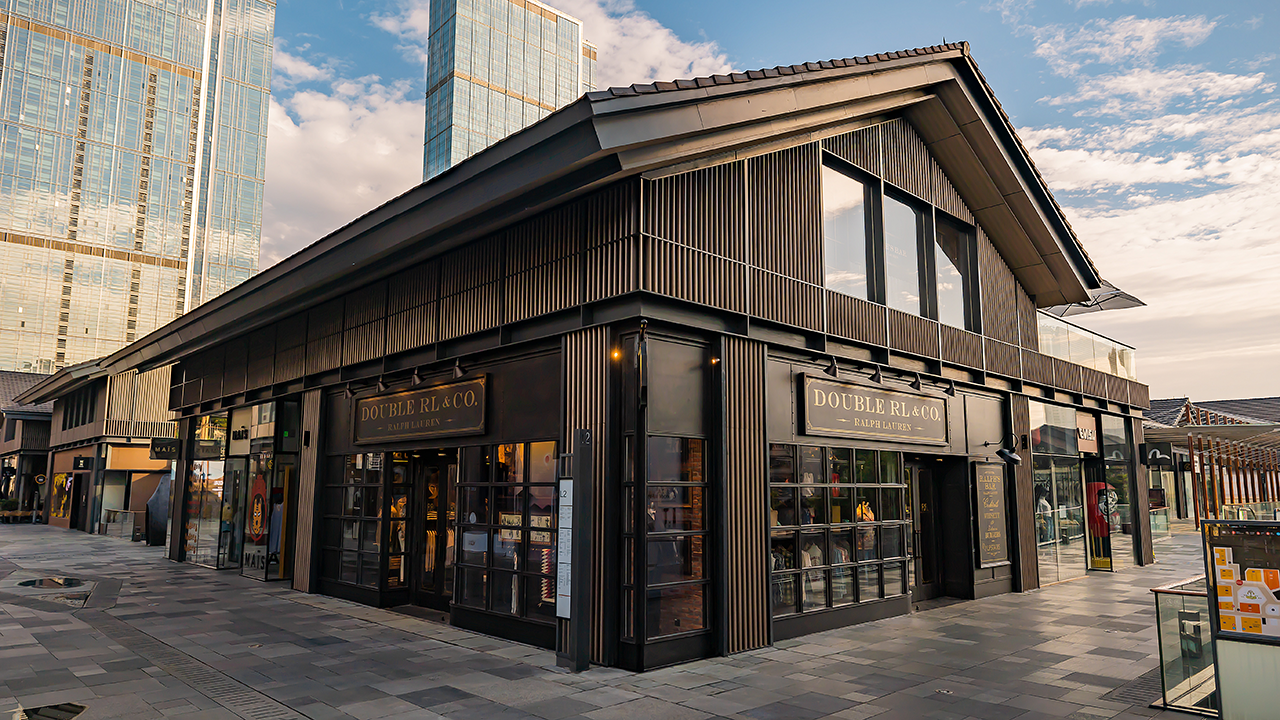November ushered in a new wave of earnings announcements, but not all companies could celebrate. While American apparel icon Ralph Lauren managed to post strong sales in China — a testament to the resilience of the luxury fashion industry — others continued to shoulder the costs of ongoing store closures and significant inventory buildup due to COVID-19 policies.
Canada Goose, for example, cut its profit and revenue forecasts following unsatisfactory results in the mainland. Meanwhile, sportswear titan Adidas outlined a slew of concerns impeding its engagement with local consumers. As global companies identify their weaknesses and strengths in China, can they turn things around in time for the holiday quarter?
Ralph Lauren Corp.#
Following impressive results from LVMH and Hermès in October, Ralph Lauren Corp. is proving once again that luxury players are here to stay. Despite macroeconomic headwinds, the owner of the labels Ralph Lauren and Polo Ralph Lauren reported better-than-expected revenue growth of 13 percent in constant currency to 1.6 billion (11.3 billion RMB) in the three months ended October 1, led by Asia which was up 33 percent in revenue versus last year. Even after being hit by mandatory store closures, Greater China posted strong sales of more than 30 percent.
Brand elevation was at the heart of Ralph Lauren Corp.’s updated business strategy, called “Next Great Chapter: Accelerate.” In fact, consumer perception of Ralph Lauren as a luxury brand remained high at 78 percent, stated CEO Patrice Louvet on a call with investors. The American premium lifestyle group not only increased average unit retail prices by 18 percent but also leveraged high-profile cultural moments — such as sponsoring the US Hope and Tennis Championship and collaborating with Fortnite — gaining 1.3 million new customers in the process.
At the same time, the group opened 29 stores globally this quarter, many of which landed in the mainland. “China provides not only the successful blueprint for our elevated ecosystem strategy globally, it also represents one of several geographic long-term opportunities for our brand,” added Louvet, calling China “our poster child” on connected retail.
For 2023, Ralph Lauren Corp. expects constant currency revenues to increase about 8 percent. The recent appointment of Wei Zhang, the previous President of Alibaba Pictures Group, to its board of directors should help it maintain this momentum in China as it strives to become the world’s leading luxury lifestyle company.
Canada Goose#
That said, not all luxury names shook off the China slump. Thanks to North America and wholesale, Canada Goose Holdings Inc.’s revenue jumped by 22.3 percent on a constant currency basis to C277 million (205 million or 1.4 billion RMB). Yet CEO Dani Reiss noted that the Toronto-based company is “not seeing the level of improvement we had assumed in mainland China” as mall closures and travel restrictions continue to hurt traffic in the quarter ended October 2.
Reiss clarified that the luxury down jacket maker remains confident in the country and committed to long-term growth. As proof of this, Canada Goose opened three stores in Xi’an, Qingdao and Tianjin this fall, with another planned for Chengdu by the end of the year. In August, the company also announced Larry Li, previously the managing director of Dunhill China, as president of Canada Goose China to accelerate expansion and localization.
Even with an uptick in sales during the Golden Week holiday and Singles’ Day festival, zero-COVID disruptions have since reversed the trend. As such, Canada Goose has revised its guidance, expecting total fiscal year revenue to fall between C1.2 billion and C1.3 billion (891 million and 965 million). Still, the luxury performance manufacturer has no intentions of slowing down as it heads into its most important season, recently making its debut at the China International Import Expo.

Adidas#
The German sportswear giant reported that currency-neutral revenues increased just 4 percent due to “deteriorating traffic trends in Greater China as well as a slowing consumer demand in major Western markets.” Despite the company’s own retail revenues growing 7 percent in Greater China, inventory takebacks of more than €200 million (207 million) reduced sell-in and resulted in a 27 percent drop in total revenue in the market.
Besides problems with excess inventory, the brand’s ability to interact directly with the Chinese consumer has been limited. As CFO Harm Ohlmeyer explained on the earnings call, “local lifestyle influencers are still hesitant to collaborate with Western brands,” likely alluding to the Xinjiang cotton controversy in 2021. Ohlmeyer also admitted Adidas runs “too many small campaigns creating too little impact” and “lacks efficiency due to a retail footprint that is not differentiated enough.”

Adding to these challenges, there’s the Ye controversy. On October 25, Adidas severed its relationship with the rapper formerly known as Kanye West over his anti-semitic remarks and ended production of the Yeezy line (although it could sell the designs, which it owns, under a different name as early as 2023). This termination has led the company to slash its full-year net income forecast from €500 million to €250 million (259 million).
Not all hope is lost though. To turn business around in China, Adidas is moving away from lifestyle creators to prioritize communities and membership, building its sports portfolio, and closing unprofitable stores. This, along with exposure during the FIFA World Cup — expected to generate €400 million in event-related net sales — and the appointment of Puma’s former executive Bjørn Gulden as its new CEO starting January 1, could spell a fresh start in the coming year.


